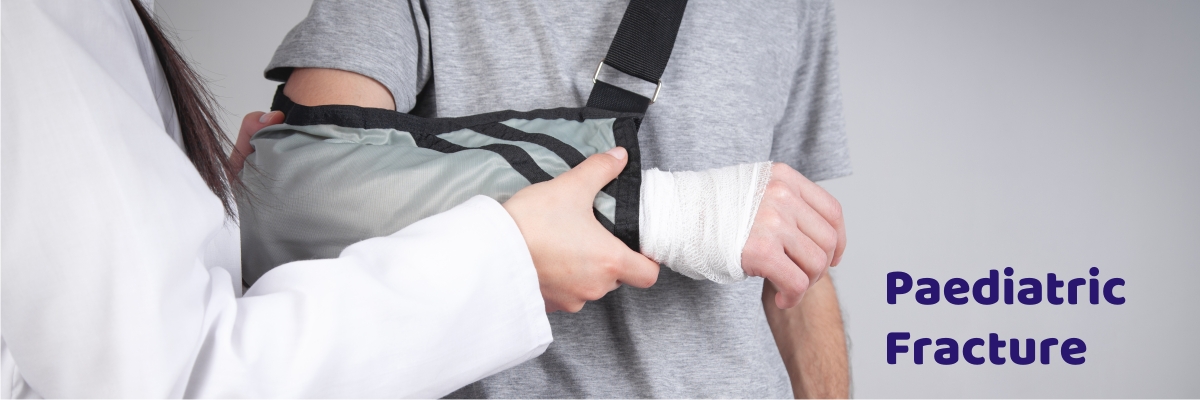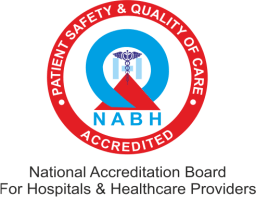
Paediatric Fracture
Bones in children are less brittle and are less likely to fracture than adult bones due to their unique structure. They are relatively stronger in tension than compression as compared to adult bones. Also, ligaments in children are stronger than bone, thus mechanism that produces sprains in adults’ results in fracture in children. The paediatric bones have a “Physis” or the growth plate which is weaker than rest of the bone and prone to injury.
The Periosteum or the covering layer of the bone is much thicker in paediatric than adult bones, which offers additional resistance to fracture. This leads to development of incomplete fractures resulting in plastic deformity of the bone. These fractures are called Greenstick fractures.
The most common fractures in children include:
- Supracondylar humerus fracture
- Forearm bone fracture
- Lower end radius fracture
- Femur shaft fracture
- Tibia fracture
- Pulled elbow
Paediatric fractures have an excellent healing potential. Also, the remodelling potential is also high. As a general rule, younger the patient, greater the remodelling potential. Thus, a perfect reduction is of fracture is less important in children. Usually, non-displaced or minimally displaced fracture can be treated with splints and rarely require manipulation. However, frankly displaced fractures need to be manipulated under general anaesthesia before application of cast. Unstable fractures may require fixation with K wires as in Supracondylar humerus fracture or TENS as in shaft femur fractures.


